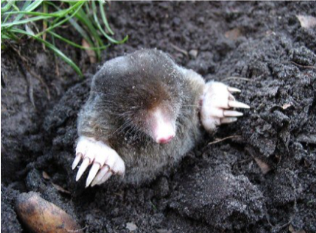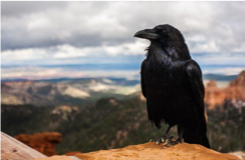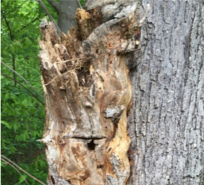As their natural habitat decreases, deer are becoming a more familiar sight. It used to be that sighting deer in a field was cause for excitement, and hunters had to perfect their skill to bring home a buck. Now it seems, deer are almost everywhere. They remain special to me, in part, thanks to one of my martial arts teachers. He was going over the energy animals represent, and deer offered a particularly gentle, accepting spirit. I can still sense that mystery when I realize I’m looking at a deer in a patch of woods. Usually, a deer who has been standing there for some time watching me before I ever notice. I do see other aspects of deer, of course – young bucks sparring to hone autumn fighting skills and members of one herd pushing out stragglers from another. But they are honorable neighbors - even as I’m walking at dusk and am startled by their “snort/blow” alarm sound. Just one of many deer vocalizations.
There are several interesting facts about deer. Like my cat, they sleep the majority of the time. They’re busy foraging when awake, as an adult deer needs around 12 pounds of food over 24 hours. A deer’s coat of winter hair provides ample warmth and insulation from the snow. (Seeing deer gathered together in a snowstorm is a special sight.) For many indigenous cultures, deer are seen as caretakers of the Earth, sacrificing themselves to help their human relations survive. For the Zuni, deer represents grace and gratitude.
Reflecting on our work as writers and artists, I think about the “herd mentality” we sometimes follow. I remember when it seemed all of my writer friends were participating in “NaNoWriMo” (National Novel Writing Month). I felt tremendous pressure to go along (I didn’t, but honor anyone who can carry that off!). There are times when it’s great to band together - supporting Indie bookstores or offering up free readings with your fellow poets. Overall though, check in to see if what everyone else is doing is what you want to spend your time on. I’m proud to be a member of my local writing herd. As much of a loner as I can be, I do take comfort in their presence and support. Although we’re not always gentle, there is always gratitude and grace.
Photo credit: Pinterest
Supporting articles:









